Home>Articles>How To Safely Use A Pressure Washer To Clean Your Exterior Surfaces
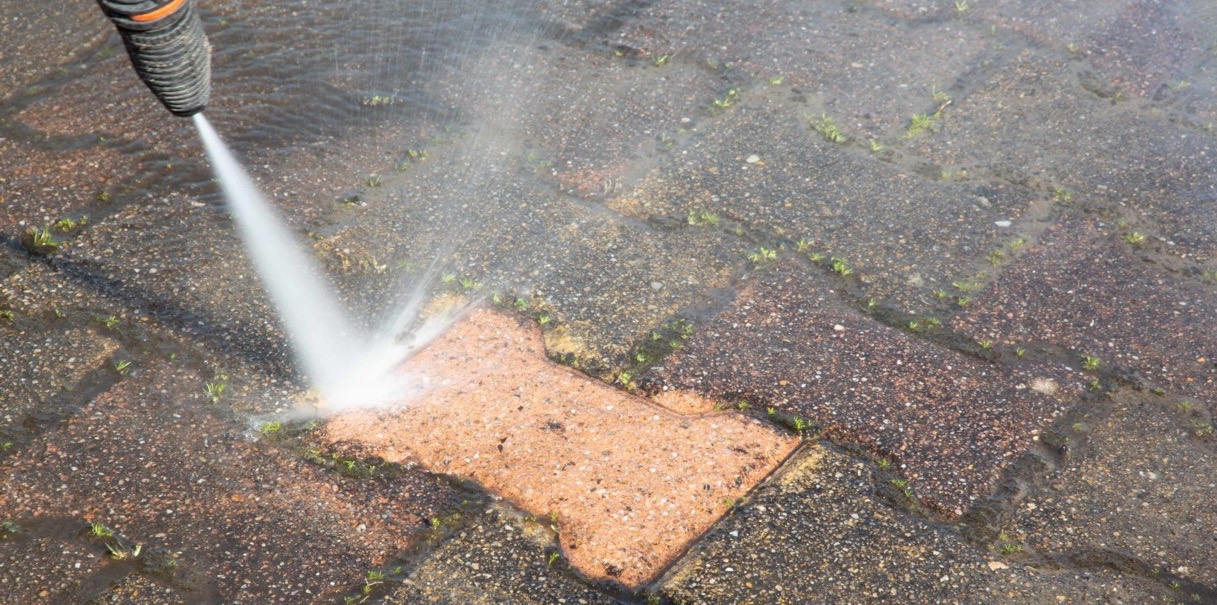

Articles
How To Safely Use A Pressure Washer To Clean Your Exterior Surfaces
Modified: October 27, 2024
Learn how to safely clean your exterior surfaces with a pressure washer in this informative article. Get expert tips and advice for effective and efficient pressure washing.
(Many of the links in this article redirect to a specific reviewed product. Your purchase of these products through affiliate links helps to generate commission for Storables.com, at no extra cost. Learn more)
Introduction
Pressure washers are powerful tools that can greatly assist in the cleaning of various exterior surfaces, such as driveways, decks, fences, and more. They use high-pressure water jets to remove dirt, grime, stains, and even mold from these surfaces, giving them a fresh and clean appearance.
However, it is important to use pressure washers safely and correctly to avoid damaging the surfaces or causing harm to yourself or others. This article will provide you with a comprehensive guide on how to safely use a pressure washer to clean your exterior surfaces.
By following the proper safety precautions, choosing the right pressure washer, and understanding the correct techniques for cleaning different surfaces, you can achieve outstanding results while minimizing the risk of accidents or damage.
So, whether you are a homeowner looking to spruce up your outdoor living spaces or a professional cleaner seeking to provide top-notch service, this article will equip you with the knowledge and skills to use a pressure washer effectively and safely.
Key Takeaways:
- Safely using a pressure washer requires prioritizing safety, choosing the right equipment, and following proper techniques to achieve optimal cleaning results while minimizing the risk of accidents or damage.
- Proper post-cleaning maintenance, including inspections, repairs, and protective coatings, is essential for prolonging the cleanliness and condition of exterior surfaces after pressure washing.
Safety Precautions
Before you start using a pressure washer, it is essential to prioritize safety. Pressure washers are powerful machines that can cause injury if not used correctly. Here are some important safety precautions to keep in mind:
- Read the manual: Familiarize yourself with the manufacturer’s instructions and guidelines for operating the pressure washer. This will help you understand the specific safety measures recommended for your machine.
- Protective gear: Always wear protective gear, including safety goggles or glasses to shield your eyes from debris and detergents. Additionally, use ear protection to minimize noise and wear non-slip shoes to maintain stability.
- Inspect the equipment: Before each use, inspect the pressure washer for any signs of damage or wear. Check the hoses, nozzles, and connections to ensure they are in good condition. Replace any faulty parts before operating the machine.
- Maintain a safe distance: Keep a safe distance between the pressure washer nozzle and any people or animals in the vicinity. High-pressure water jets can cause serious injury, so it is crucial to maintain a distance of at least 6 feet.
- Be cautious around electrical sources: Pressure washers run on electricity, so it is important to be cautious when using them near electrical outlets or appliances. Avoid using extension cords or power outlets that are not properly grounded.
- Use the right nozzles and settings: Different pressure washer nozzles produce varying spray patterns and pressures. Choose the appropriate nozzle and adjust the settings based on the surface you are cleaning. Start with a wider spray pattern and lower pressure and gradually increase if necessary.
- Clear the area of obstacles: Before starting, remove any objects or obstacles from the area you plan to clean. This will prevent tripping hazards and ensure a smooth and safe cleaning process.
- Do not direct the spray at yourself or others: Avoid pointing the pressure washer nozzle at yourself, others, or fragile objects. The force of the water can cause serious harm or damage.
- Keep children and pets away: It is important to create a safe zone where children and pets are not allowed during the pressure washing process. This will prevent accidents and keep them out of harm’s way.
- Use appropriate cleaning solutions: Some surfaces may require the use of cleaning solutions or detergents. Follow the manufacturer’s instructions and use environmentally friendly solutions when possible. Wear gloves and protective clothing when handling chemicals.
By following these safety precautions, you can ensure a safe and accident-free pressure washing experience. Remember, safety should always be the top priority when operating any machinery, and pressure washers are no exception.
Choosing the Right Pressure Washer
Choosing the right pressure washer is crucial for achieving optimal cleaning results and ensuring efficient operation. Here are some factors to consider when selecting a pressure washer:
- Power source: Pressure washers can be powered either by electricity or gas. Electric models are typically more lightweight, quieter, and more suitable for small to medium cleaning tasks. Gas-powered models, on the other hand, provide greater mobility and are better suited for larger areas or heavy-duty cleaning.
- Pressure level: The pressure level of a pressure washer is measured in pounds per square inch (PSI). Consider the level of dirt, grime, or stains you will be tackling and choose a pressure washer with an appropriate PSI rating. Lower PSI ratings (around 1,300-1,600) are generally suitable for light-duty cleaning, while higher PSI ratings (2,000 and above) are more powerful and better for heavy-duty tasks.
- Flow rate: The flow rate, measured in gallons per minute (GPM), indicates the amount of water the pressure washer can deliver. Higher flow rates mean a faster and more efficient cleaning process. However, keep in mind that a higher flow rate requires a larger water supply.
- Portability: Consider the weight and mobility features of the pressure washer. If you will be moving it around frequently, look for models with sturdy wheels and a compact design for easy transportation.
- Nozzle options: Different pressure washer nozzles provide varying spray patterns and pressures. Look for models that come with interchangeable nozzles to give you flexibility in adjusting the spray according to the surface you are cleaning.
- Detergent capability: Some pressure washers have built-in detergent tanks or a detergent injection system. This feature can be beneficial for applying cleaning solutions to tough stains or heavily soiled surfaces.
- Ratings and reviews: Read customer reviews and ratings for different pressure washer models to gather insights into their performance, reliability, and ease of use. This can help you make an informed decision.
- Budget: Finally, consider your budget and the value you are getting for the price. It’s important to find a pressure washer that aligns with your budget while also meeting your cleaning needs.
By carefully considering these factors, you can select a pressure washer that best suits your requirements and ensures efficient and effective cleaning of your exterior surfaces. Remember, investing in a quality pressure washer can save you time and effort in the long run and allow you to maintain the beauty and cleanliness of your outdoor spaces.
Preparing Your Exterior Surfaces
Before you begin using a pressure washer on your exterior surfaces, proper preparation is key to ensure a successful and safe cleaning process. Follow these steps to prepare your surfaces:
- Clear the area: Remove any objects, furniture, or decorations from the area you plan to clean. This will prevent damage to the items and ensure that the surfaces are fully accessible for cleaning.
- Sweep or brush: Use a broom or brush to remove loose debris, such as dirt, leaves, or cobwebs, from the surfaces you will be pressure washing. This step will make the cleaning process more effective and prevent clogs in the pressure washer nozzle.
- Pre-soak tough stains: For surfaces with stubborn stains or mold, pre-soaking can help break down the dirt and make it easier to remove. Apply a suitable cleaning solution or detergent to the stains and allow it to sit for a few minutes before starting the pressure washer.
- Protect delicate areas: Cover delicate plants, electrical outlets, or any other sensitive areas that could be damaged by the high-pressure water. Use plastic sheets or tarps to shield these areas and prevent any unwanted damage.
- Test a small area: Before you start pressure washing the entire surface, it’s a good idea to test a small inconspicuous area to ensure that the pressure and spray pattern are appropriate for the surface and won’t cause any damage. Adjust the pressure and nozzle accordingly if needed.
- Check for weak points: Inspect the surfaces for any loose or damaged areas that could be further damaged by the pressure washer. Repair or reinforce these weak points before proceeding with the cleaning process.
By following these preparation steps, you will ensure that your exterior surfaces are ready for pressure washing. Taking the time to adequately prepare will help optimize the cleaning process, enhance the results, and minimize the risk of damage to your surfaces or surroundings.
Setting Up the Pressure Washer
Once you have prepared your exterior surfaces, it’s time to set up the pressure washer for use. Follow these steps to properly set up your pressure washer:
- Connect the water source: Start by connecting your pressure washer to a reliable water source. Ensure that the water supply is clean and free from debris or contaminants that could clog the pressure washer.
- Attach the hoses: Connect the high-pressure hose to both the pressure washer and the spray gun. Ensure that the connections are secure and tight to prevent any leaks or pressure loss.
- Check the oil level: If you have a gas-powered pressure washer, check the oil level and top up if necessary. Refer to the manufacturer’s instructions for the type and amount of oil required.
- Prime the pump (if applicable): Some pressure washers may require priming before use. This involves filling the pump with water to create the necessary pressure. Consult your owner’s manual for specific instructions on how to prime the pump.
- Choose the appropriate nozzle: Select the nozzle that best suits the surface and cleaning task at hand. Attach it securely to the spray gun.
- Connect the detergent if needed: If you are using a cleaning solution or detergent, attach the appropriate hose or container to the pressure washer. Follow the manufacturer’s instructions for proper attachment and dilution ratios.
- Double-check all connections: Before starting the pressure washer, double-check that all connections are secure and there are no leaks. Leaks can affect the efficiency and safety of the machine.
Once you have completed these setup steps, you are ready to start using your pressure washer. Keep in mind that each pressure washer model may have specific setup instructions, so always refer to the manufacturer’s manual for guidance.
Remember to take your time and ensure that everything is properly set up and connected before starting the pressure washer. This will help you have a smooth and efficient cleaning process with optimal results.
Always start with the lowest pressure setting and test a small, inconspicuous area first. Keep the nozzle at least 6-12 inches away from the surface to avoid damage.
Operating the Pressure Washer
Operating a pressure washer requires proper technique and attention to detail to ensure effective and safe cleaning. Follow these steps to operate your pressure washer:
- Position yourself: Stand with your feet shoulder-width apart and maintain a firm grip on the spray gun. Ensure that you have a stable and balanced stance to maintain control of the pressure washer.
- Start the pressure washer: If you have a gas-powered pressure washer, pull the starter cord or turn on the engine. For electric models, simply press the power button to start the machine.
- Warm up the pressure washer: Allow the pressure washer to run for a few minutes to warm up. This helps ensure a consistent and smooth water flow.
- Spray at a safe distance: Hold the spray gun and position the nozzle at a safe distance from the surface you are cleaning. Maintain a distance of at least 6 feet and gradually move closer if necessary. Avoid pointing the nozzle directly at yourself or others.
- Test the pressure: Test the pressure and spray pattern on a small inconspicuous area to ensure that it is appropriate for the surface. Adjust the pressure settings or nozzle accordingly if needed.
- Move in a consistent pattern: Move the spray gun in a consistent and controlled pattern, such as side to side or up and down. This helps ensure even and thorough cleaning without missing any areas.
- Overlap each pass: Overlap each pass by 50% to avoid leaving any streaks or uneven cleaning. This ensures a uniform result across the entire surface.
- Use sweeping motions: Use sweeping motions rather than concentrated spraying in one spot for too long. This prevents any potential damage to the surface being cleaned.
- Avoid sensitive areas: Be cautious around sensitive areas, such as glass windows, delicate paintwork, or electrical components. Adjust the pressure or nozzle settings to a lower pressure if needed.
- Take breaks and assess: Take regular breaks to assess your progress, reevaluate the pressure and spray pattern, and make any necessary adjustments before continuing.
- Switch off the pressure washer: Once you have completed the cleaning task, switch off the pressure washer. For gas-powered models, allow the engine to cool down before storing it.
Remember to always follow the manufacturer’s instructions and guidelines while operating your specific pressure washer model. Pay attention to the pressure and spray pattern to ensure effective cleaning while minimizing the risk of damage to your surfaces or surroundings.
Cleaning Different Types of Exterior Surfaces
One of the advantages of a pressure washer is its versatility in cleaning various exterior surfaces. However, different surfaces require different cleaning approaches to avoid damage. Here are some tips for cleaning common exterior surfaces:
- Concrete and Driveways: Prioritize a high-pressure nozzle and a wide spray pattern to remove deep-set dirt and stains. Sweep away loose debris before pressure washing and apply a suitable concrete cleaner for stubborn stains.
- Wooden Decks and Fences: Use a lower pressure nozzle and be mindful of the distance to prevent damage to the wood. Start with a wider spray pattern and lower pressure, gradually increasing if needed. Apply a wood cleaner to remove dirt or mildew stains.
- Brick or Stone Surfaces: Use a medium-pressure nozzle with a wide spray pattern to avoid damaging the mortar. Start at a safe distance and gradually move closer to remove dirt and grime. Consider using a brick or stone cleaner for tougher stains.
- Vinyl Siding: Use a medium-pressure nozzle with a wider spray pattern to avoid damaging the siding. Start at a safe distance and gradually move closer if needed. Use a vinyl siding cleaner to remove dirt, mildew, and stains.
- Metal Surfaces: Depending on the metal type, adjust the nozzle pressure accordingly. Be careful not to use excessive pressure that could dent or damage the metal. Use a metal cleaner or a mild detergent to remove dirt and stains.
When pressure washing these surfaces, it is essential to keep the nozzle moving and maintain a consistent distance to prevent any uneven cleaning or damage. Always test a small inconspicuous area first to ensure that the pressure and spray pattern are suitable, and adjust as needed.
Furthermore, be cautious when cleaning painted surfaces, as high-pressure water can strip away paint. Consider using a lower pressure nozzle or cover the painted surface before pressure washing to avoid any damage.
Always refer to the manufacturer’s instructions and follow the recommended cleaning practices for each specific surface to achieve the best results while keeping your surfaces safe and damage-free.
Removing Tough Stains and Mold
Tough stains and mold can be challenging to remove, but a pressure washer can be an effective tool to tackle these stubborn issues. Here are some tips to help you remove tough stains and mold using a pressure washer:
- Pre-treat the area: Before using the pressure washer, pre-treat the stained or moldy area with a suitable cleaning solution or detergent. Allow it to sit for a few minutes to loosen the stains or kill the mold.
- Adjust the pressure and nozzle: For tough stains, you may need to increase the pressure and use a narrow spray pattern to concentrate the water stream on the affected area. However, be cautious not to use excessive pressure that could damage the surface.
- Scrub with a brush: In some cases, a gentle scrubbing with a soft brush or broom can help remove stubborn stains or loosen mold. Use circular motions to break up the stains while keeping the pressure washer stream directed at the area.
- Work in sections: If you have a large stain or mold-infested area, work in small sections to ensure thorough cleaning. Focus on one section at a time, applying the cleaning solution, scrubbing if necessary, and then pressure washing away the dirt and residue.
- Consider using specialized attachments: Some pressure washers offer specialized attachments, such as surface cleaners or rotary brushes, for more effective stain and mold removal. These attachments can provide a more even and targeted cleaning process.
- Use caution with delicate surfaces: Be careful when pressure washing delicate surfaces or painted areas, as high pressure can damage them. Lower the pressure or use a wider spray pattern if needed.
- Repeat if necessary: Tough stains or deep-rooted mold may require multiple cleaning sessions to fully eliminate. If the stains or mold persist, repeat the process or consider seeking professional assistance.
Remember to always follow safety precautions and be mindful of the surface material and its tolerance to pressure. It’s important to strike a balance between effective stain and mold removal and surface protection.
For particularly severe mold infestations, it’s advisable to wear protective gear, such as gloves and a mask, to prevent inhalation of spores. If the mold persists even after pressure washing, consult with a mold remediation specialist for proper treatment and removal.
By following these tips and techniques, you can effectively remove tough stains and mold using a pressure washer, restoring the cleanliness and beauty of your exterior surfaces.
Post-Cleaning Maintenance Tips
Once you have completed pressure washing your exterior surfaces, it’s important to implement proper post-cleaning maintenance practices to prolong the cleanliness and condition of the treated areas. Here are some essential maintenance tips to follow:
- Inspect for damage: After pressure washing, inspect the surfaces for any signs of damage, such as cracks, chips, or loose materials. Address any issues promptly to prevent further deterioration.
- Perform necessary repairs: If you notice any damage or areas that require repair, take the time to fix them properly. This may involve filling cracks, replacing broken tiles, or resealing joints, depending on the type of surface.
- Apply protective coatings: Consider applying a protective coating or sealer to the treated surfaces to help maintain their cleanliness, prevent stains, and enhance durability. This is especially beneficial for concrete, wood, or stone surfaces.
- Regularly remove debris: Regularly sweep or brush the surfaces to remove loose debris, leaves, or dirt that may accumulate over time. This will help prevent the buildup of grime and maintain the cleanliness of the surfaces.
- Address mold and mildew growth: Keep an eye out for any signs of mold or mildew regrowth. If you notice any, promptly treat the affected areas with appropriate mold removal products or seek professional assistance for thorough remediation.
- Maintain drainage systems: Ensure that gutters, downspouts, and other drainage systems are functioning properly. This will prevent water from accumulating and causing damage to your exterior surfaces.
- Regularly clean and maintain the pressure washer: Properly clean and maintain your pressure washer after each use. Flush out any leftover detergent or debris, check for any leaks or damage, and follow the manufacturer’s instructions for maintenance and storage.
- Consider regular cleaning schedules: Depending on the specific requirements of your exterior surfaces, consider establishing a regular cleaning schedule. This will help prevent the buildup of dirt, stains, or mold and minimize the effort required for future cleaning.
By incorporating these post-cleaning maintenance tips into your routine, you can ensure that your exterior surfaces remain in good condition and maintain their cleanliness and visual appeal for an extended period of time.
Remember, proper maintenance and timely repairs are key to preserving the longevity and aesthetics of your exterior surfaces, so it’s essential to stay proactive and address any issues promptly.
Conclusion
Using a pressure washer to clean your exterior surfaces can be a highly effective and efficient way to restore their appearance and remove dirt, grime, stains, and even mold. However, it is crucial to prioritize safety and follow proper techniques to ensure successful and safe cleaning.
In this comprehensive guide, we have covered the essential aspects of using a pressure washer to clean your exterior surfaces. From safety precautions to choosing the right pressure washer, preparing the surfaces, and operating the machine, we have provided you with the knowledge and tips to achieve optimal results.
By following the recommended safety precautions, selecting the appropriate pressure washer for your needs, and properly preparing and maintaining your surfaces, you can enjoy the benefits of a clean and inviting outdoor space. Remember to be mindful of different surface types and adjust your pressure and spray pattern accordingly to avoid causing damage.
Whether you are cleaning concrete, wood, brick, vinyl siding, or metal surfaces, understanding the appropriate techniques for each surface is essential. Additionally, we have discussed how to tackle tough stains and mold effectively, providing tips to make the cleaning process more efficient.
Finally, we emphasized the importance of post-cleaning maintenance to prolong the cleanliness and condition of your exterior surfaces. Regular inspection, repairs, and protective coatings, along with routine cleaning and maintenance of your pressure washer, will help maintain the long-term beauty and functionality of your outdoor spaces.
Remember, while pressure washers can be powerful tools, it’s essential to use them responsibly, follow safety guidelines, and take precautions to protect yourself, others, and the surfaces you are cleaning.
With the information and techniques shared in this guide, you are now equipped to confidently and safely use a pressure washer to clean your exterior surfaces, restoring their beauty and creating a welcoming environment for yourself, your family, and your guests.
Frequently Asked Questions about How To Safely Use A Pressure Washer To Clean Your Exterior Surfaces
Was this page helpful?
At Storables.com, we guarantee accurate and reliable information. Our content, validated by Expert Board Contributors, is crafted following stringent Editorial Policies. We're committed to providing you with well-researched, expert-backed insights for all your informational needs.
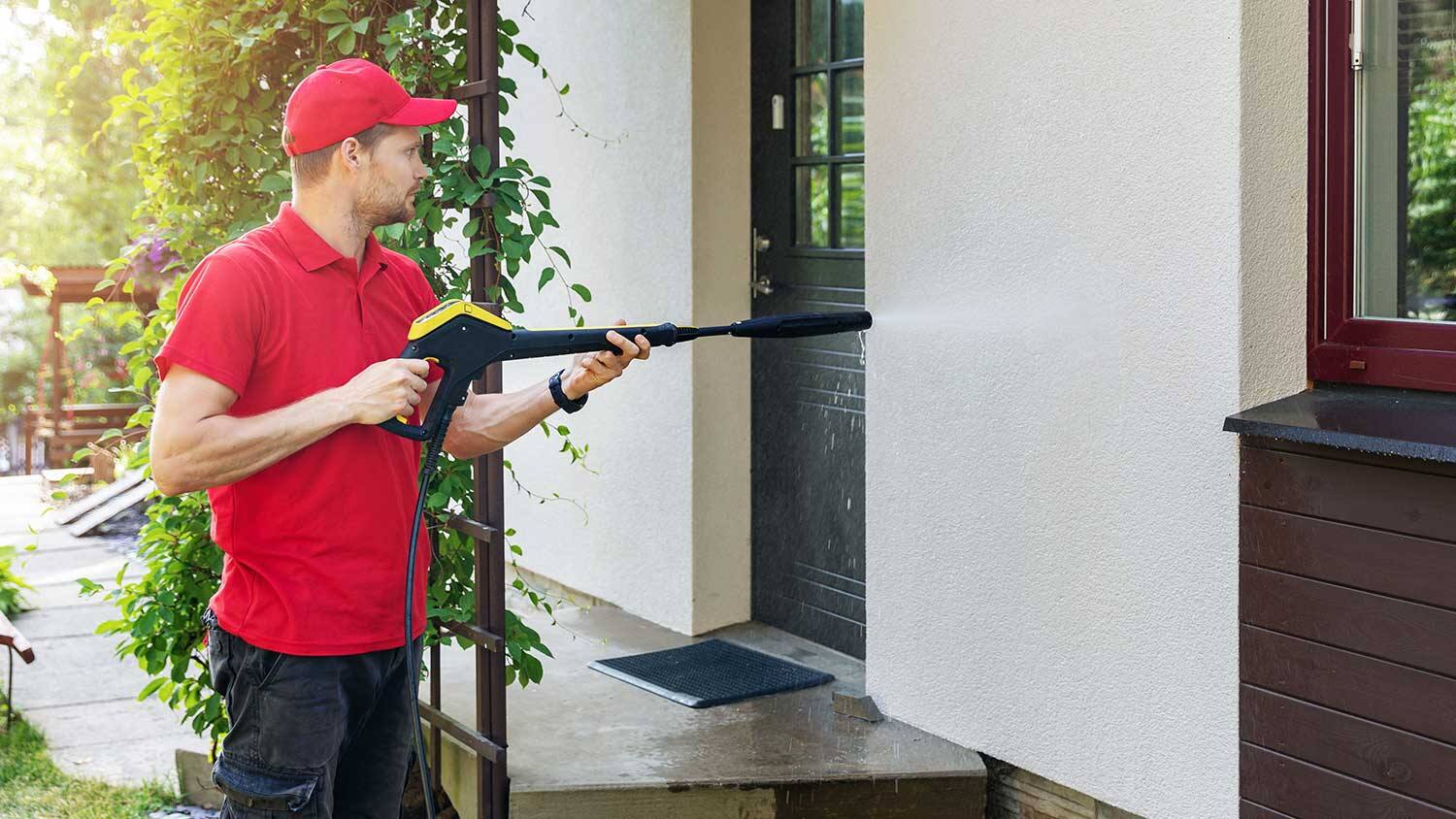
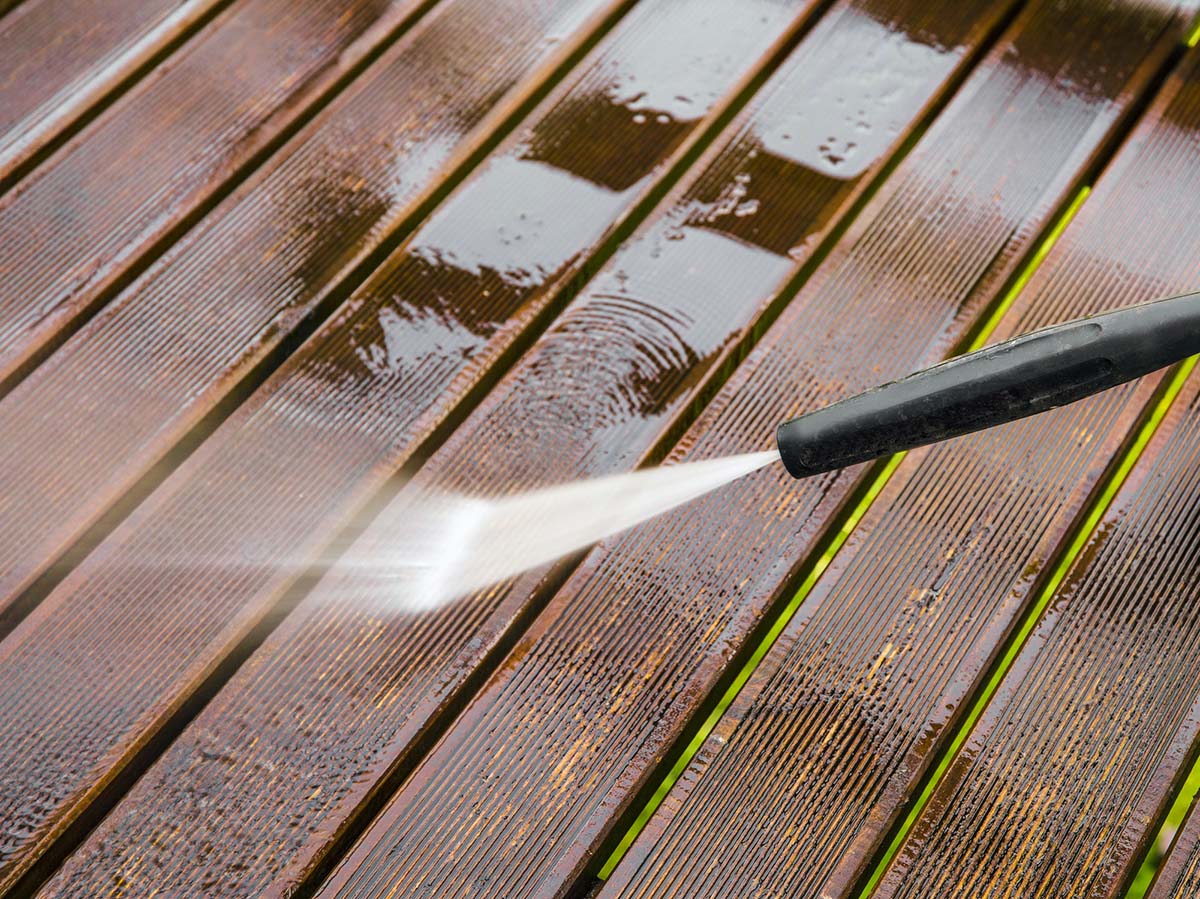
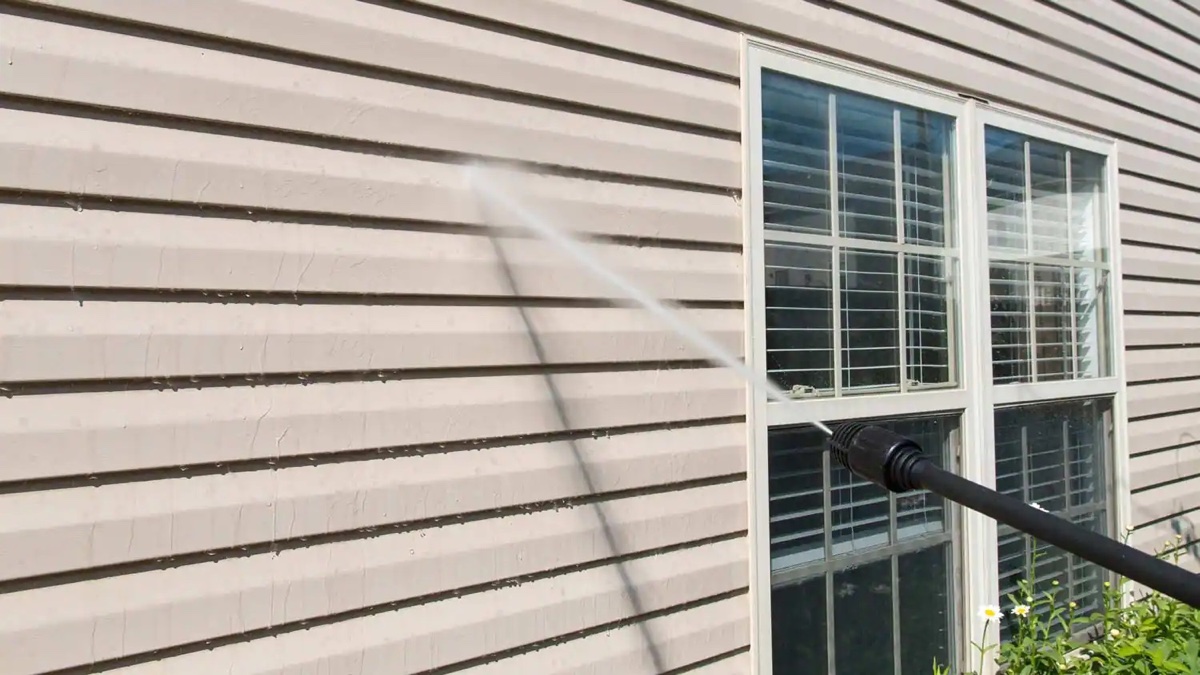
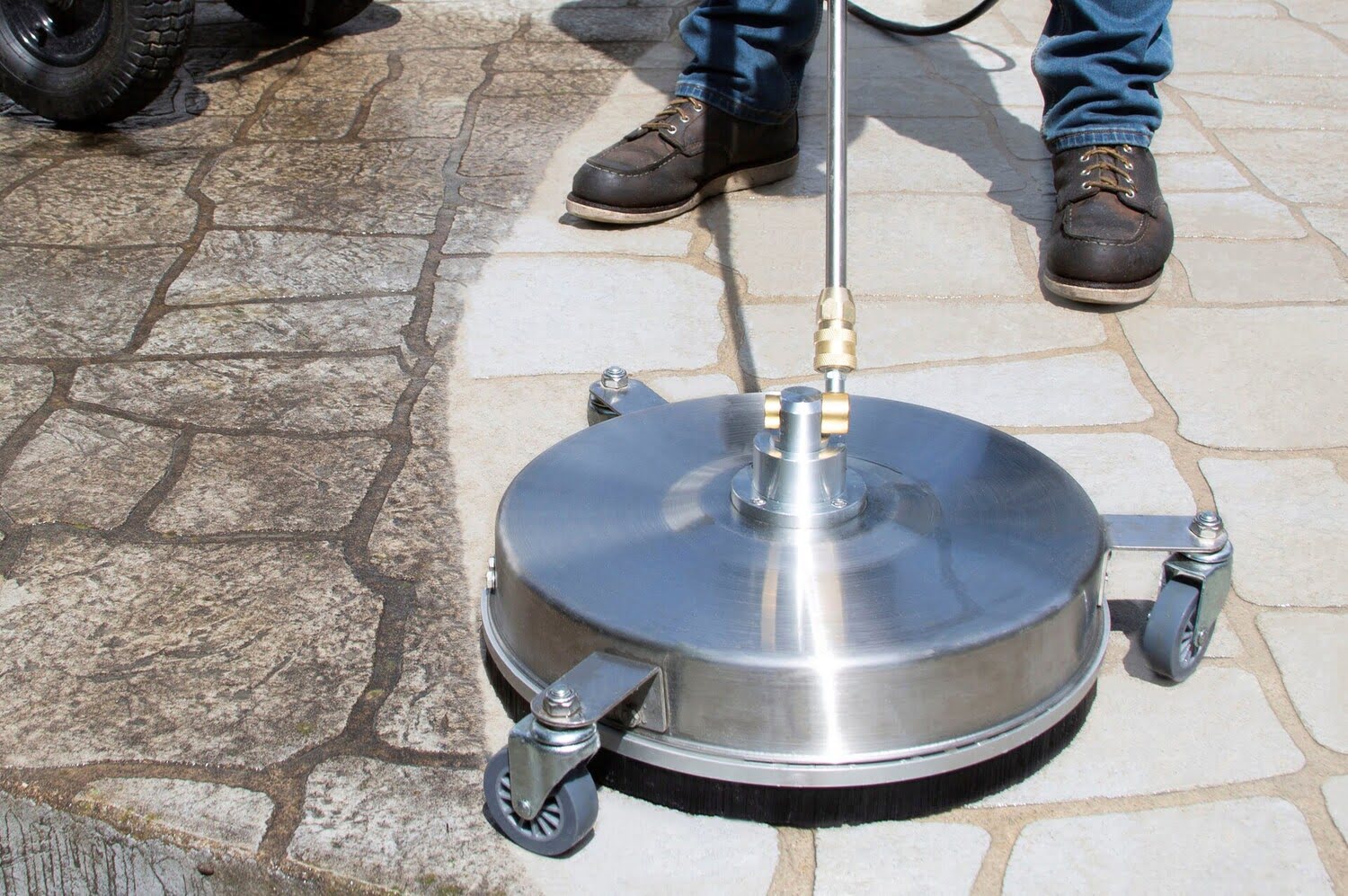
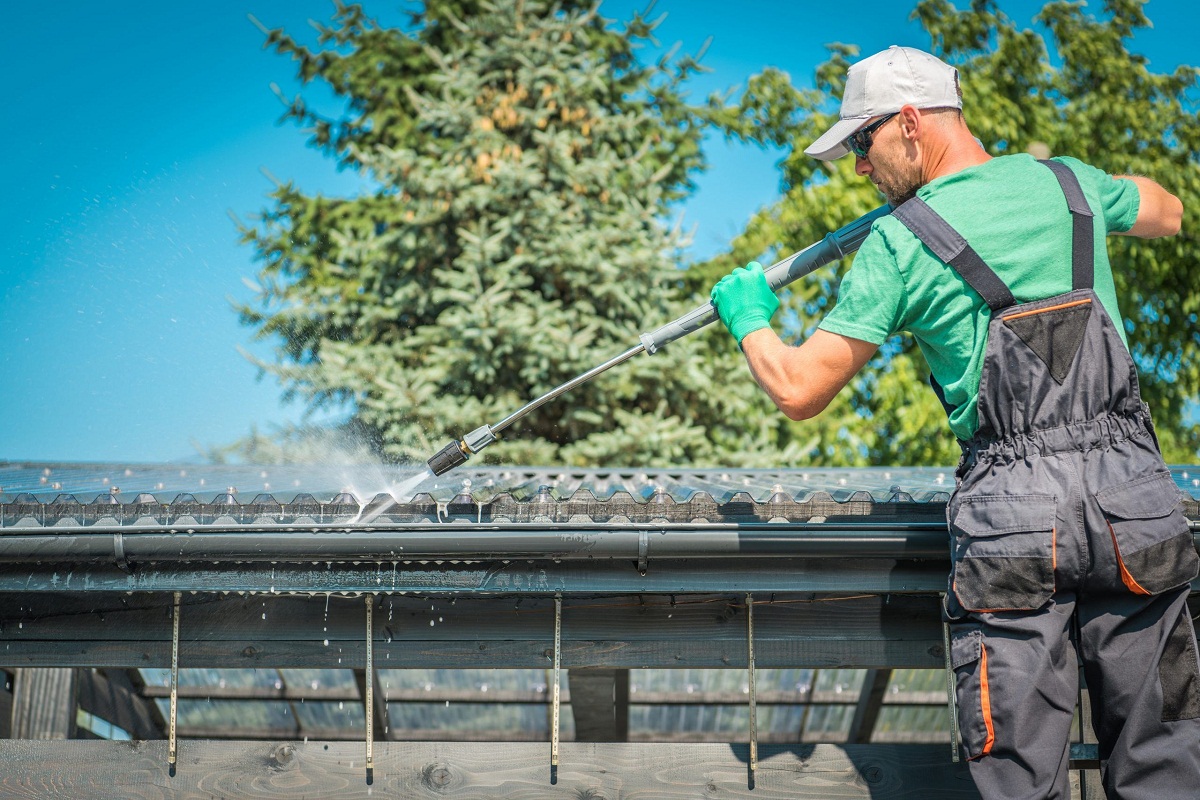
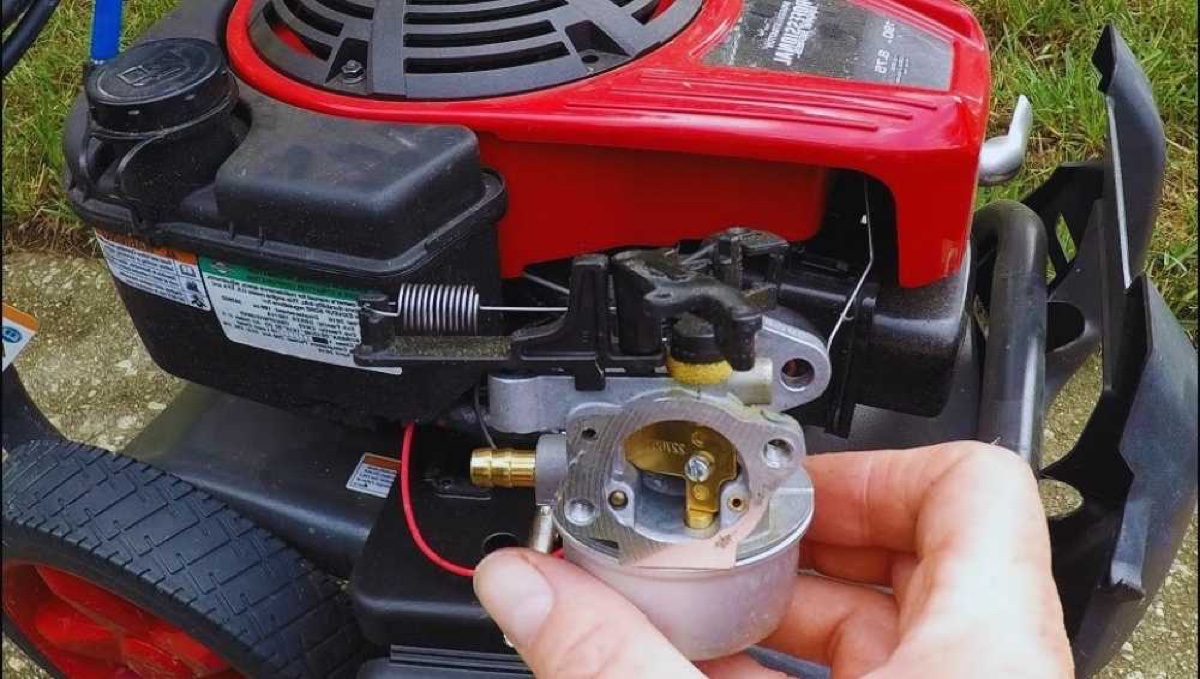
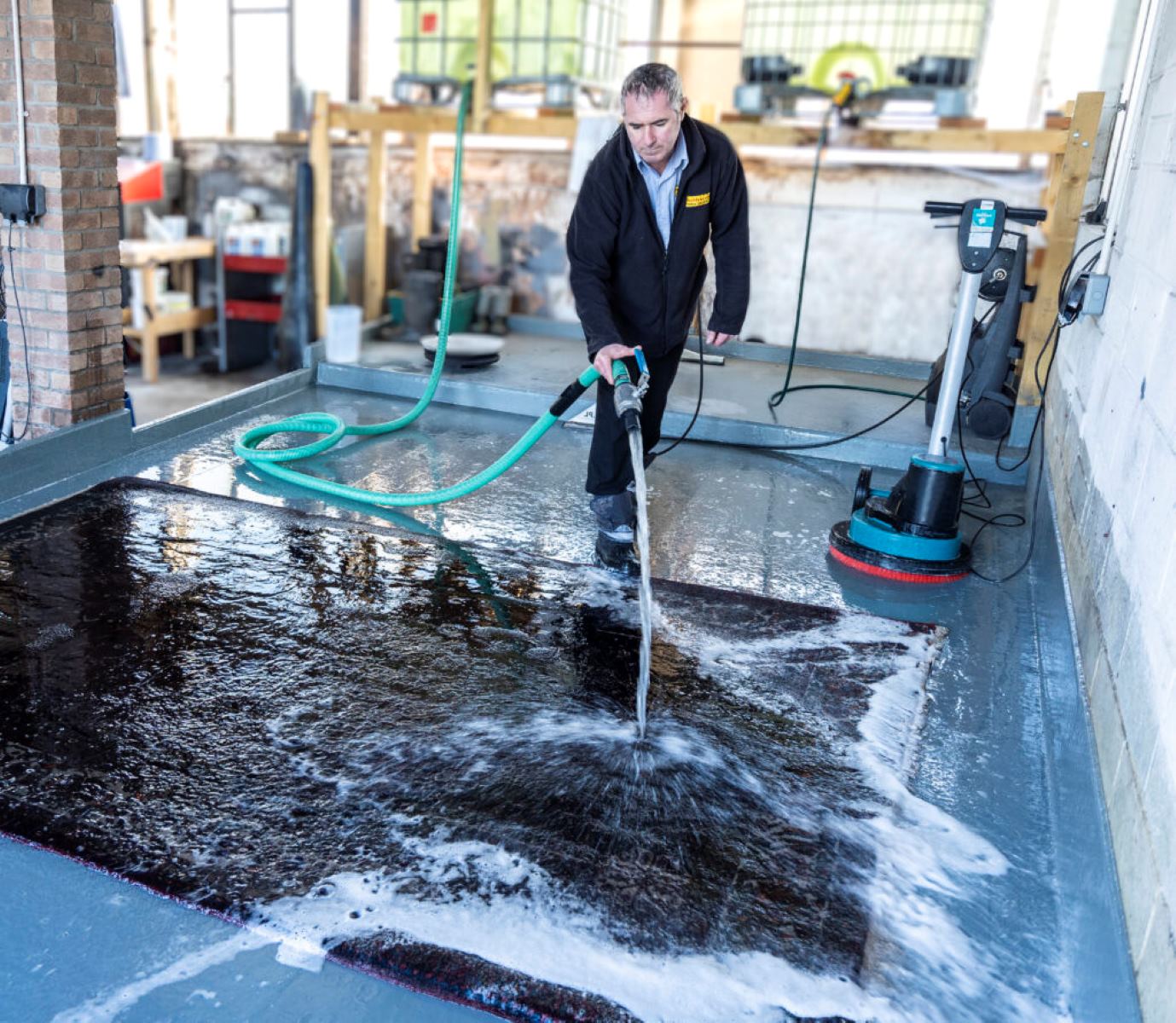
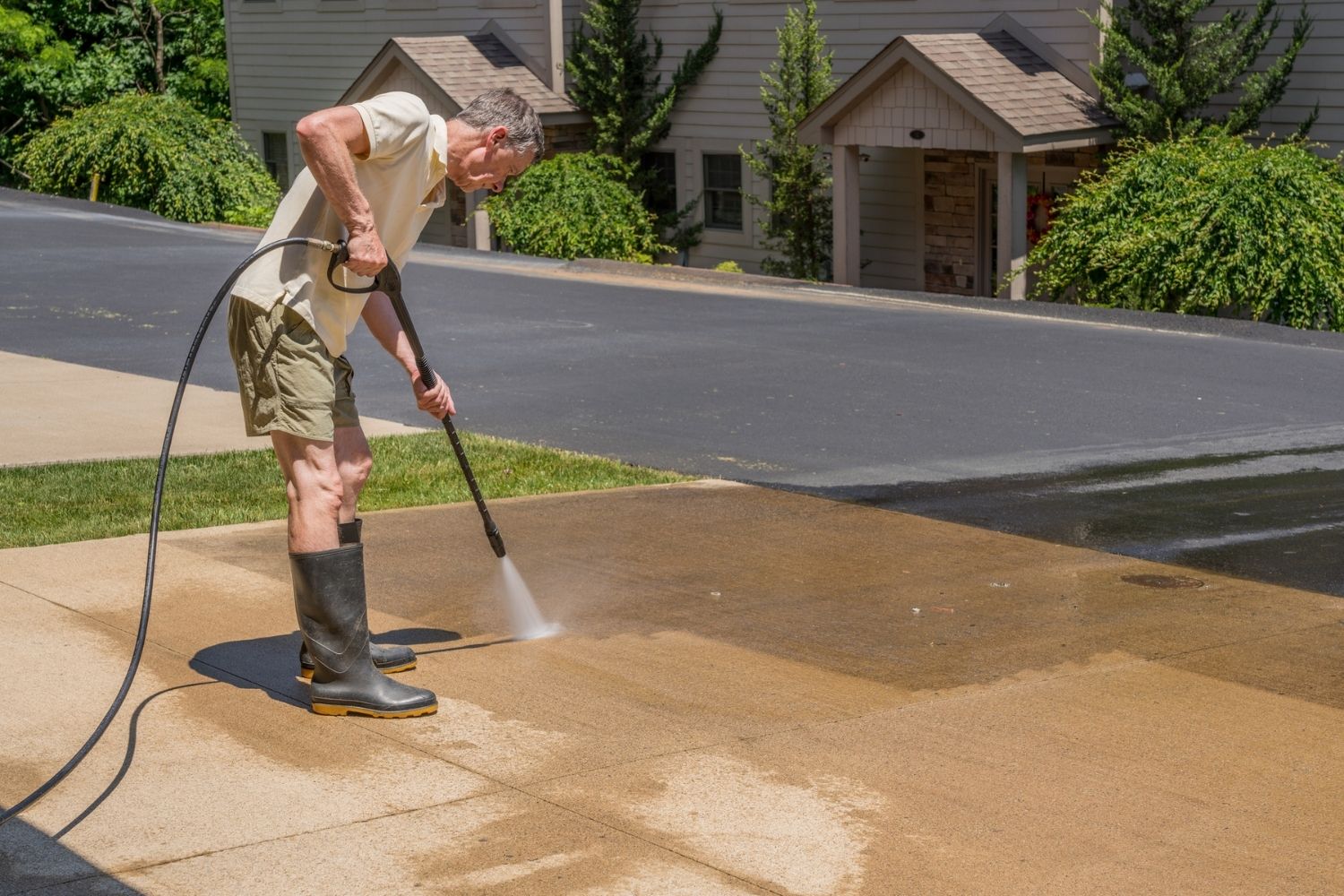
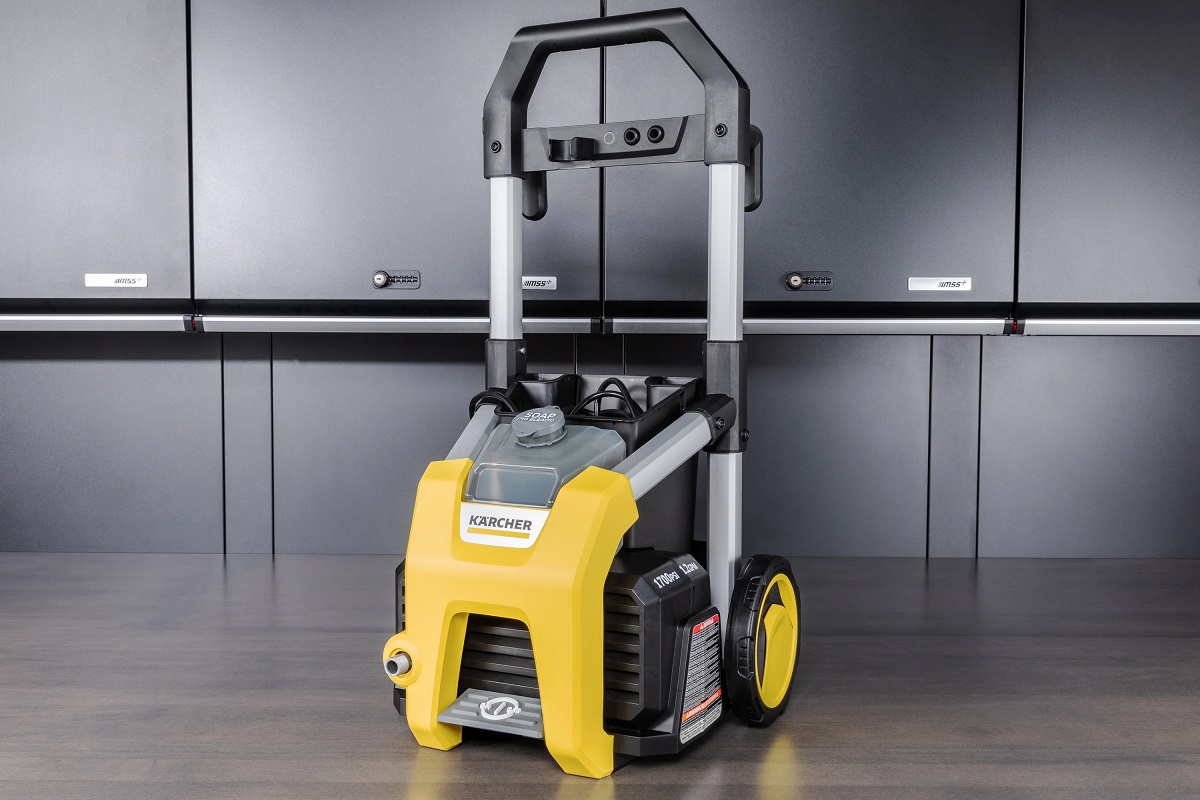
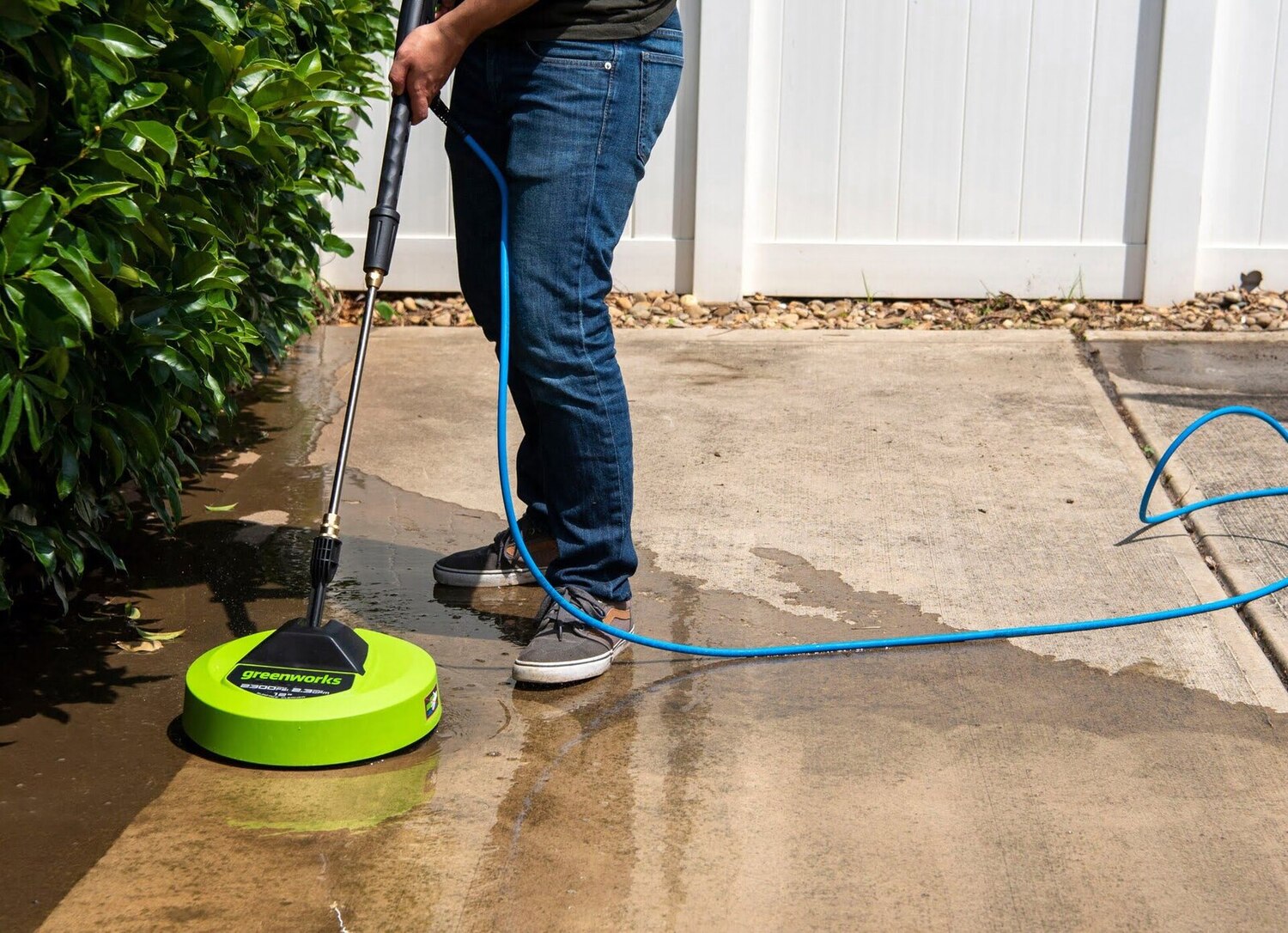
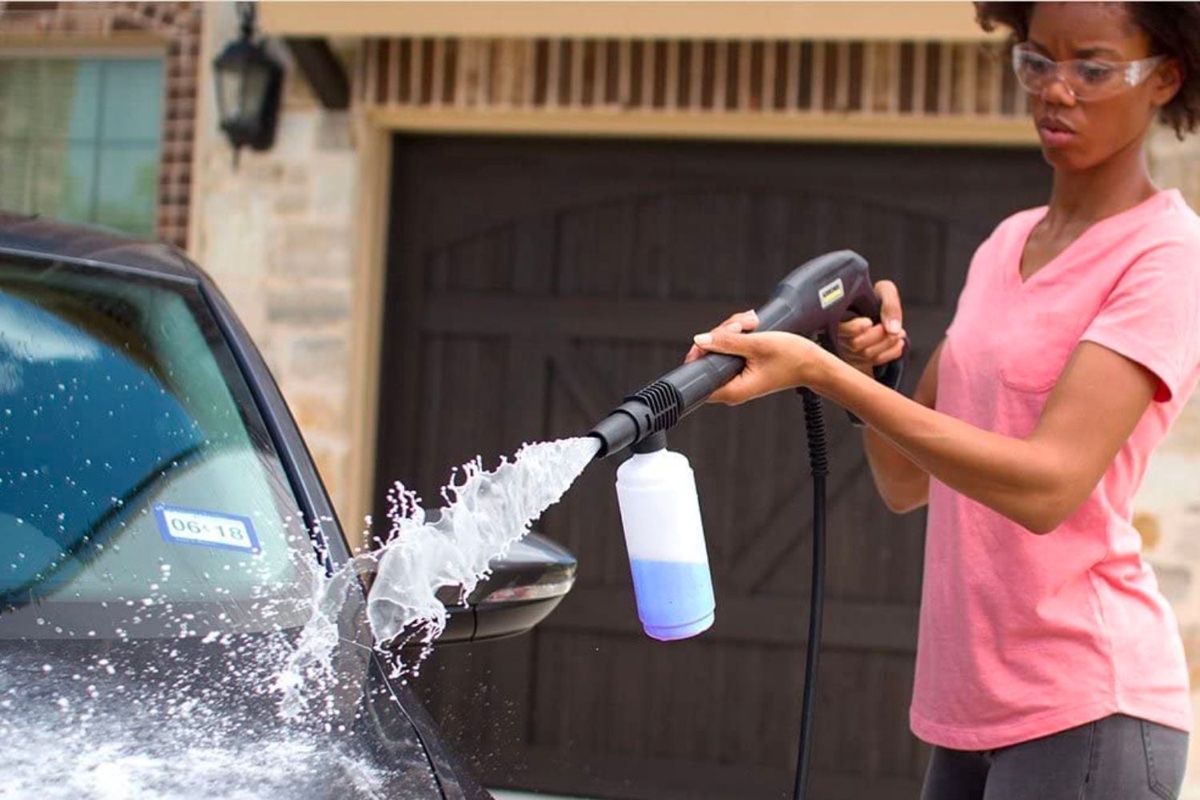
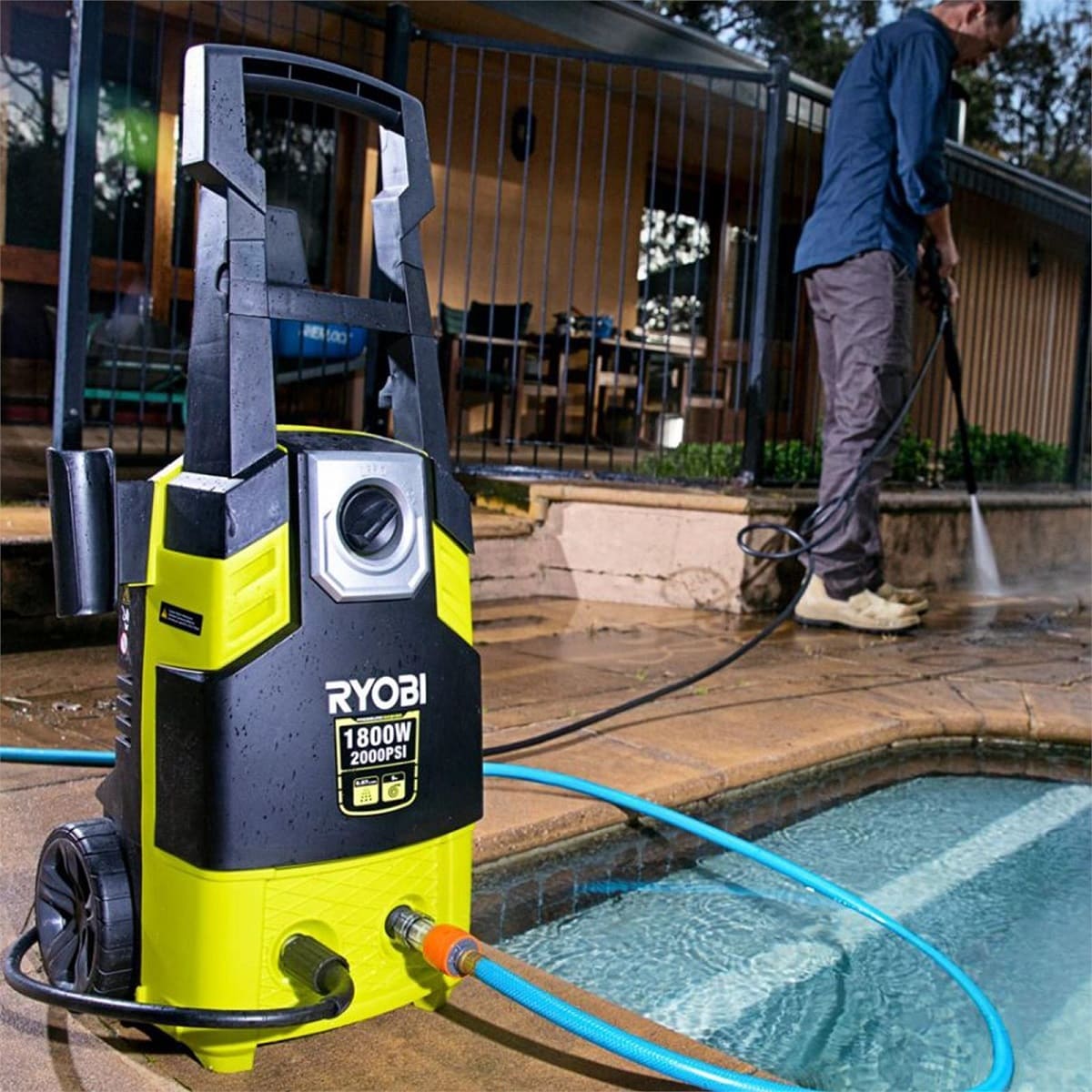
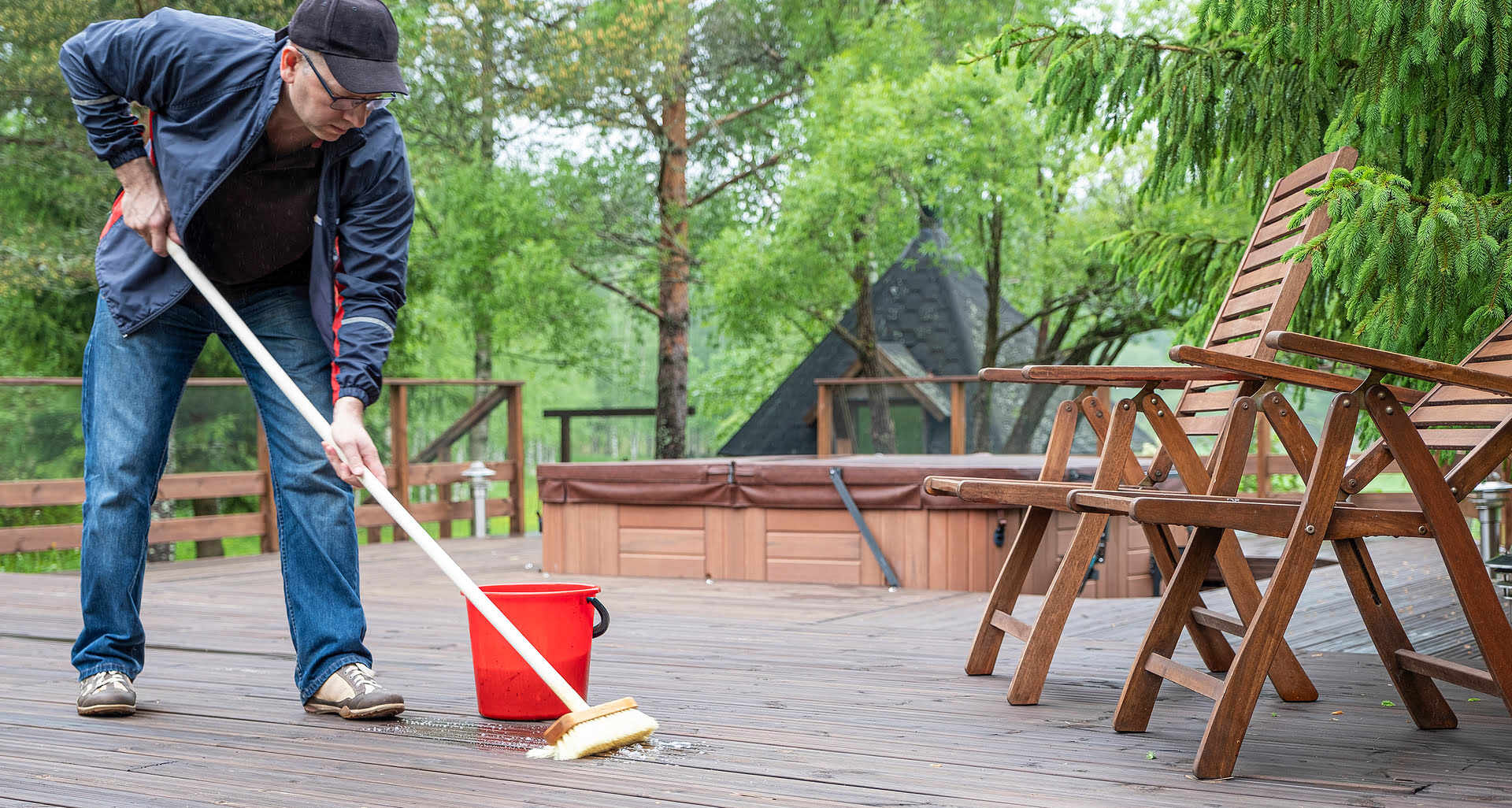

0 thoughts on “How To Safely Use A Pressure Washer To Clean Your Exterior Surfaces”